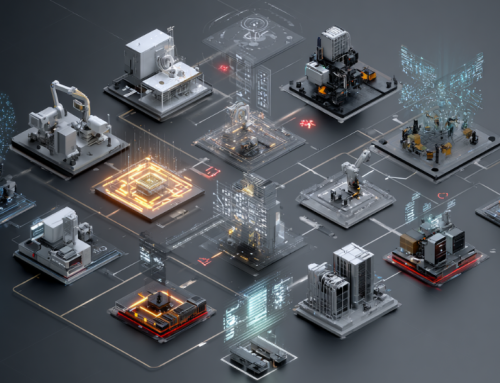
OpenAI has signed a $30 billion per year deal with Oracle to lease 4.5 gigawatts of computing power for its Stargate AI project—requiring a multi-state expansion of data centers and drawing enough electricity to rival the usage of several million U.S. homes. (Source: Image by RR)
Stargate Project Shows How AI Development Now Demands Nation-Scale Power
OpenAI is poised to massively scale its AI infrastructure through a groundbreaking deal with Oracle, securing an additional 4.5 gigawatts of computing power from the cloud giant’s U.S. data centers, according to a report from Bloomberg. The massive energy requirement underscores the growing power demands of next-generation AI models, particularly those tied to OpenAI’s ambitious Stargate project. For context, 4.5 gigawatts is equivalent to the electricity consumption of several million American households—an extraordinary benchmark for what is essentially compute capacity.
To meet this surging demand, Oracle plans to construct new data centers across a range of states including Texas, Michigan and Wyoming. The move, as noted in the-decoder.com, reflects a broader industry trend as tech companies scramble to expand AI capabilities while managing the intense physical and environmental costs of data processing at scale. The existing Stargate facility in Abilene, Texas—which already consumes 1.2 gigawatts—is slated to nearly double in size, expanding to 2 gigawatts. Such an increase makes it one of the most power-hungry data installations in the country.
The deal is part of a wider cloud partnership between OpenAI and Oracle, reportedly worth an astonishing $30 billion per year. This alliance gives OpenAI access not just to scale, but to Oracle’s increasingly AI-optimized cloud infrastructure, which includes custom networking, cooling, and security systems tailored for generative workloads. While Microsoft remains OpenAI’s primary investor and infrastructure partner, this Oracle agreement suggests a diversification strategy aimed at reducing bottlenecks and ensuring multi-cloud resiliency.
As AI models grow more capable and resource-intensive, infrastructure partnerships like this are rapidly becoming the backbone of the industry. Yet they also raise questions about sustainability, grid capacity, and long-term environmental impact. With data center expansion now tied directly to AI breakthroughs, state and local governments may find themselves navigating a complex intersection of economic opportunity and infrastructural strain. For OpenAI, Stargate is more than a project—it’s an engine of scale with energy demands that rival small nations.
read more at the-decoder.com







Leave A Comment